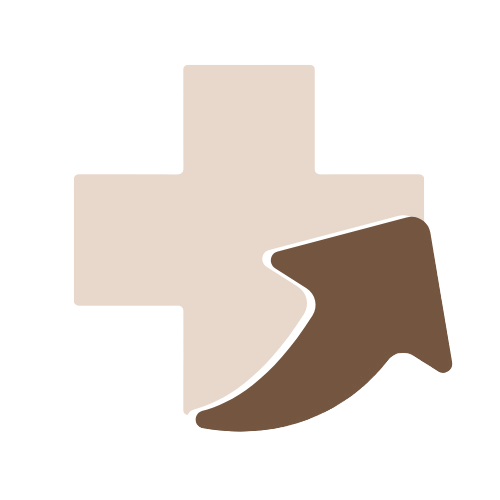Hyperkeratosis
Overview
Hyperkeratosis is a skin condition characterized by the thickening of the outer layer of the skin, known as the stratum corneum. This thickening occurs due to an overproduction of keratin, a protein that protects the skin. While hyperkeratosis itself is not a disease, it is often a sign of an underlying condition or a response to repeated irritation or pressure. It can manifest as rough, scaly patches, calluses, or plaques on different parts of the body, including the hands, feet, elbows, and other pressure-prone areas.
Causes
Hyperkeratosis can develop due to a variety of reasons, ranging from mechanical irritation to genetic disorders. Common causes include:
- Repeated friction or pressure: Calluses and corns form due to constant rubbing or pressure on the skin.
- Chronic inflammation: Conditions like eczema or psoriasis lead to localized hyperkeratosis.
- Infections: Warts caused by human papillomavirus (HPV) often display hyperkeratotic surfaces.
- Vitamin A deficiency: Lack of vitamin A can result in abnormal skin thickening.
- Inherited conditions: Genetic disorders such as ichthyosis vulgaris and keratosis pilaris cause widespread hyperkeratosis.
- Aging: Older adults may experience thickened skin, particularly on the feet and hands.
- Exposure to irritants: Chemicals, harsh soaps, and certain occupations increase the risk of hyperkeratosis.
Symptoms
Symptoms of hyperkeratosis can vary based on the cause and affected area but commonly include:
- Thickened, rough skin: Areas of the skin become visibly thicker and may feel hard or rough to the touch.
- Scaly or flaky patches: The affected skin may peel or flake.
- Discoloration: Hyperkeratotic patches may appear yellow, gray, or brownish.
- Pain or tenderness: Corns and calluses, particularly on the feet, can be painful with pressure or walking.
- Cracks or fissures: In severe cases, deep cracks can develop, increasing the risk of infection.
- Bumps or small plugs: Keratosis pilaris presents as tiny, rough bumps, usually on the upper arms and thighs.
Diagnosis
Diagnosing hyperkeratosis involves a clinical examination by a healthcare professional. The diagnostic process includes:
- Medical history: Evaluation of personal and family history of skin conditions, exposure to irritants, and lifestyle factors.
- Physical examination: Inspection of the affected areas for characteristic thickening, scaling, and distribution patterns.
- Skin biopsy: In unclear cases, a small sample of skin may be taken for microscopic examination to rule out other skin disorders or malignancies.
- Laboratory tests: Blood tests may be ordered to check for vitamin deficiencies or underlying systemic conditions.
Treatment
Treatment of hyperkeratosis focuses on reducing skin thickening, alleviating discomfort, and managing the underlying cause:
- Moisturizers and emollients: Regular use of moisturizing creams softens the skin and reduces scaling.
- Keratolytic agents: Creams containing salicylic acid, urea, or lactic acid help dissolve excess keratin and smoothen the skin.
- Topical corticosteroids: Used to reduce inflammation in cases related to eczema or psoriasis.
- Mechanical removal: Podiatrists may safely trim or shave thickened skin, particularly on the feet.
- Vitamin A derivatives: Retinoids like tretinoin may be prescribed for certain types of hyperkeratosis.
- Foot care: Proper footwear and cushioning can help reduce pressure on affected areas.
- Treatment of underlying causes: Managing infections, nutritional deficiencies, or systemic diseases is essential to control hyperkeratosis.
Prognosis
The prognosis for hyperkeratosis depends on the underlying cause and adherence to treatment:
- Good outlook for simple cases: Calluses, corns, and keratosis pilaris usually respond well to treatment and skin care routines.
- Chronic conditions: Hyperkeratosis associated with psoriasis or eczema may require ongoing management but can be well-controlled with treatment.
- Inherited conditions: Genetic forms of hyperkeratosis like ichthyosis may persist lifelong but can be managed to improve skin texture.
- Preventive care: Regular skin care, protective measures, and treating underlying factors can significantly reduce recurrence.
With proper diagnosis and treatment, most individuals with hyperkeratosis experience substantial relief and improved skin health.
